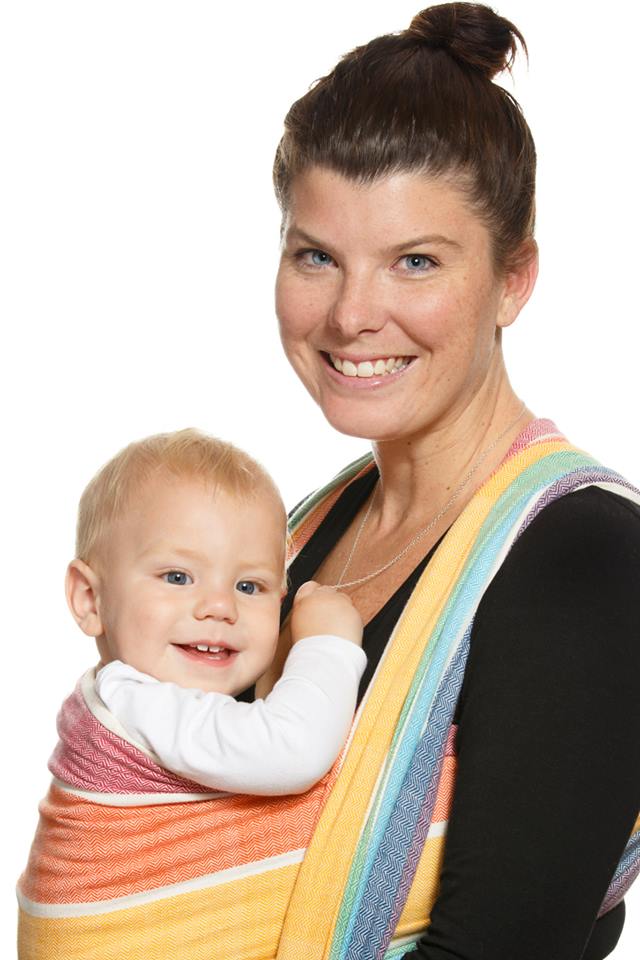Perceived insufficient milk supply is one of the most common reasons women stop breastfeeding, top up or switch to formula. Even if a mother’s supply is genuinely low, it is usually a temporary situation and can be improved with appropriate education and support.
Colostrum is the first milk a breastfed baby receives, it is produced from about 16-22 weeks gestation. High levels of progesterone keeps the volume of colostrum down but once the placenta is birthed, the levels drop and high levels of prolactin ‘bring in the milk’ about 2-3 days (50-73 hours) post birth. Although newborns only small amounts of colostrum frequently in the first few days, it’s the prefect composition and their stomach is only small. It is normal for babies to loose some weight ( less than 10%) in the first 5 days as they burn some brown fat, stored up in the last few weeks of pregnancy.
Milk production and supply is controlled at the breast by milk removal. Milk removal is driven by the baby’s appetite or a pumping routine. Basically the more milk removed, the more milk will be made (supply and demand). When the nerves in the nipple are stimulated (by touch, sucking or a pump), oxytocin is released and causes the breast to “let down” (push the milk out the ducts) and into the babies mouth or breast pump.
So.. How do you know if your baby is getting enough breastmilk ?
Signs of a good milk supply include:
- Output- At least 5 very wet disposable nappies (or 6-8 wet cloth nappies) in 24 hours. Urine should be very pale yellow/clear and odourless. Depending on age, usually 3 or more soft/runny mustard coloured poos after day 4
- Appearance- Baby is alert, good skin colour, muscle tone and reasonably contented between feeds (normal for them to have some fussy periods where they feed more frequently)
- Growth- Some weight gain and growth in length and head circumference (weighing on same scales and without clothes/nappy is important for accuracy).
To ensure an adequate supply:
- Early first feed ( within 2 hours of birth) and as much skin to skin as possible
- Feed baby on demand (usually 8-12 times a day) and avoid routines
- Avoid use of dummies, bottles and formula top ups
- Empty the breasts as thoroughly as possible at each breastfeeding/pumping session.
- Ensure good latch and positioning for efficient nursing
- Offer both sides if baby wishes. Watch for signs of satiety and comfort/non nutritive sucking
How To increase a low supply:
- Frequently stimulate and empty the breasts (2-3 hourly). Express after feeds/between feeds if necessary.
- Place baby skin to skin to increase the hormones involved in milk production
- Ensure good attachment at breast. Have an IBCLC help you with positioning and attachment
- Reduce or stop top ups of formula and dummy use
- Take care of yourself ! Rest. Sleep, Relax and drink to thirst (extra water does not increase supply).
- Seek advice and support from a lactation consultant, maternal and child health nurse, midwife or utilise the Australian Breastfeeding Association hotline (1800-mum-2-mum).
- Medicine prescribed to increase supply by a doctor should be last resort due to side effects and should only be considered after consulting with an IBCLC)
Common Low Supply myths:
Baby feeds often – Babies’ naturally feed 8-12 times in 24 hours. Their stomachs are small (a newborn’s is as big as a marble!) and breast milk is easily digested. Frequent feeding is needed for a good supply.
Breasts feel soft or don’t leak anymore- You breasts adjust to you baby’s needs in the first 3-12 weeks (usually around 6) and therefore you may not feel ‘full’, hard or leak after this period. There was be some temporary reduction of supply around menstrual periods for some women.
Baby starts to feed more frequently- This can happen during ‘ growth spurts’ or in the evenings when there is less milk available. Cluster feeding is a common phenomenon in the early evening. Frequent feeding with good attachment will help increase and maintain milk supply.
Baby only feeds for a short time- Babies become more efficient in feeding over time and can empty a breast in 5- 10 minutes. Sometimes they may just need a quick drink when other times they may want a whole ‘meal’.
Baby won’t sleep through the night- Sleep is a developmental milestone, they will reach it when they are ready. Waking at night is protective of SIDS. Over night feeds are important to milk production, as this is when the milk making hormone is at its highest.
Can only pump a small amount- Due to the mechanism of pumping being different to a baby suckling, some people aren’t able to pump as much as what a baby would take and therefore it is a poor indication of supply levels. Thinking or looking at your baby while double pumping may increase yield from a pumping session.
Of course there are some reasons that some women may not produce enough breast milk to exclusively breastfed their baby ( maternal and newborn medical conditions, breast/ nipple surgery and some medications) but working with an IBCLC can help meet your breastfeeding goals.

Bel Moore
Bel from Fourth Trimester Parenting is an International Board Certified Lactation Consultant (IBCLC), Midwife, Babywearing Consultant and Registered Child and Family Health Nurse. Bel uses her vast knowledge and experience to provide holistic, comprehensive and affordable antenatal education classes, one on one babywearing classes and breastfeeding consultations on the Mid North Coast of NSW.
You may also like to read:









